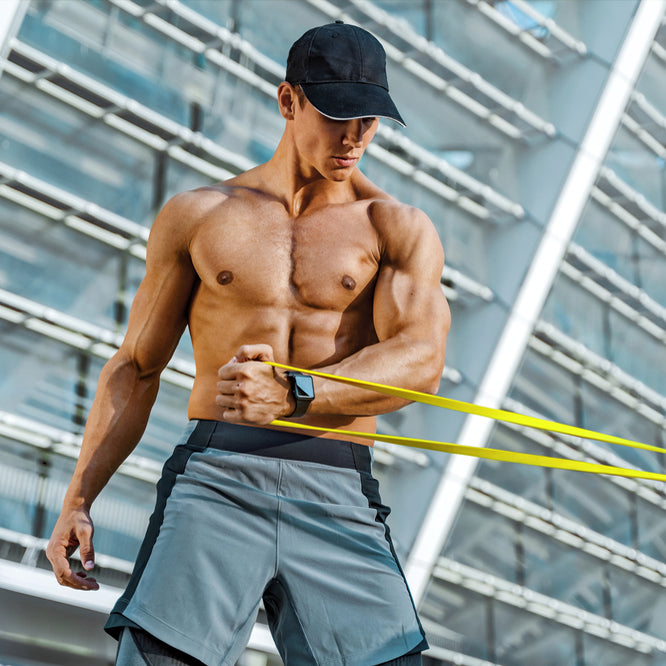Almost every athlete has a preference for morning or evening training. It becomes a big dilemma when you’re juggling your training with work.
Scientific studies have shown the benefits of doing exercise in the AM and the PM. The body is in a slightly different state depending on what stage of its circadian rhythm it’s at, and so may respond slightly differently to training.
Whether one time of day is better than the other is highly individualised and varies from person to person. But to help you get an insight into what might work best for you, Built for Athletes takes a look at the scientific arguments on both sides.
Training In The Morning
There are many physiological benefits that help you train better in the morning. For example, testosterone tends to hit its daily peak before midday and mental alertness is at its best.
Studies have also found that working out in the morning tends to mean your metabolism is higher for the rest of the day, so you continue to burn more calories if that’s one of your goals.
Scientists believe it may be better for your sleep to train in the morning too, as high-intensity evening sessions increase your body temperature and heart rate.
This is why you might find yourself lying awake at night for longer on a day when you’ve worked out in the evening. If you can’t avoid late sessions, one tip is to try a hot shower or bath after you train so the blood comes to your skin, lowering your core body temperature.
Training In The Evening
Despite the reasons to train in the morning, there is a case to be made for training in the afternoons or evenings too.
It’s the time of day that your pain tolerance tends to be highest, so you’re more likely to be able to push your body harder. There’s also usually a rising trend of adrenaline in the afternoon.
A study from 2010 found that your body’s performance peaks in the afternoon, perhaps due to a rising body temperature which could improve the way your muscles work and enzyme activity.
It seems that body temperature hits its peak between 2pm and 6pm, so that could be the optimum period of readiness.
Reaction time is usually best in the afternoons and evenings too.
Conclusion
There are arguments on both sides and ultimately a consistent routine is the best way forward for making fitness gains.
Try to fit your sessions into your schedule in a way that works best for you and at the time you enjoy the most.
One thing to bear in mind is that you may need a longer warm-up in the morning as your body is still waking up and its temperature is still rising. Equally, if you do your session in the evening, try to wind down afterwards and consider a hot bath or shower so you can optimize your sleep.

Share:
How To Return To Training Effectively After Covid
How Does Strength Training Make You Run Faster